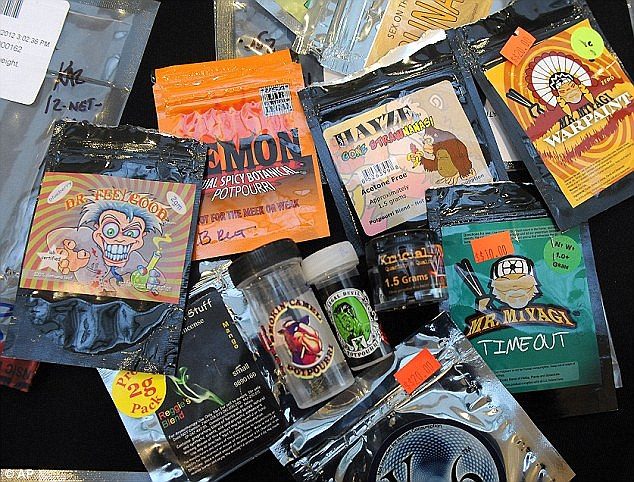
What is a designer drug
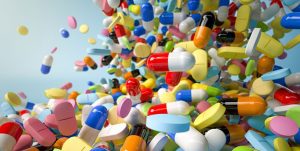
Designer drugs are psychotropic drugs created on the basis of known drugs (by synthesizing, replacing or adding new components). Such substances are made to obtain an enhanced effect or to circumvent the current legislation.
History
The distribution of synthetic drugs began in the 1920s, when the International Convention decided to limit morphine trafficking everywhere. In underground chemical laboratories, they began experimenting with opium alkaloids. In synthesizing, two substances with altered chemical structures were obtained from them (these were the very first designer drugs — dibenzoylmorphine and acetylpropionylmorphine).
Despite the changed formula, the properties of the new dope were like heroin. The authorities had to change the law and ban the novelty, but by that time the criminals had managed to invent dozens of other drugs. In 1930, a ban was imposed on all narcotic drugs containing any morphine derivative. But this only prompted chemists to switch to the production of drugs from other ingredients.
Government scientists took months to conduct research and confirm that the doses of new substances act similarly to known drugs. During this time, the criminals had time to sell large quantities of powder or pills, to close their production and start the distribution of other drugs (which required new checks from law enforcement agencies and scientists). The real boom of designer dope fell on the period 2000-2008. The psychoactive drugs created by the new technology were distributed in clubs and through online stores. They were not called narcotics – the traffickers gave them out either as bad bats or as “harmless energetics”.
Types and names of designer drugs It is impossible to count the number of synthetic drugs and list all types. Every year, a list of psychotropic substances is updated with 20-30 new items. And with about fifty design drugs rejected at the stage of manufacturing and testing because of the weak effect or increased risk of death when used. There is a classification of design intoxicants. It is based on what is the base substance for the new drug:
-Designer psychedelics or analogs of amphetamines, empathogens and adaptogens (these include LSD, methylone, LSS, DragonFly, and Ecstasy).
-Dissociatives with a stimulating effect (are a substitute for ketamine).
-There are more than 20 drugs in the list, the most common are mephedrone, dimetocain, bufedrone. Sedatives like MDPV, “Siberia”, “Mefa” (synthesized from phenazepam, benzodiazepine, butadiol). Act 10 times stronger than tranquilizers.
–Opiates (psychoactive drugs, morphine and heroin derivatives). The most dangerous products in this category are “White Chinese”, desmethylprodin and 3-methylfentanyl.
-Synthetic cannabinoids (“aroma mixes”, “smoking mixes”, “mephedrone”). They block cannabinoid receptors and mimic the effects of hashish and marijuana.
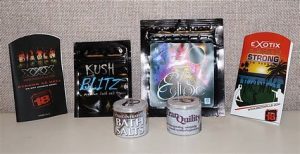
The most powerful are the drugs of 4 groups – derivatives of opiates. Especially dangerous is the “white Chinese” (another name is crocodile). It is 300 times stronger than heroin and 1000 times longer than cocaine. Already one dose of this psychoactive substance causes physical drug addiction, as well as irreversible destruction of the brain and other organs (more than 70% of drug addicts die 2 months after starting to use this synthetics).
Spices and mixes seem to be harmless to many consumers, which provoked their mass use. Manufacturers make them “diluted” – narcotic substances are mixed with various aromatic herbs. Sometimes criminals go for an even greater trick and release drugs in a form that does not seem to be obvious harm (for example, in the form of bath salts or mixtures for aroma smokers).
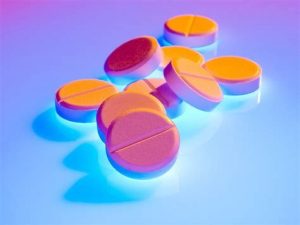
What the Law says
From a legal point of view, all new drugs are considered legal until they are added to the list of popular narcotic drugs with a specific chemical formula. But until this is done, it may take a long time (for example, the decision to ban spices in Russia was made over 5 years). This greatly hinders the control of drug trafficking and the fight against crime. First tried to change the legal status of designer drugs in the United States and Sweden. There are amendments that prohibit the sale of non-medical purposes for any substances that are similar in action to known narcotic drugs. In Russia, a similar decree was made in 2014. The disadvantage of this law is that the criminals have learned to circumvent it. They sell psychotropic drugs such as bad, energy, bath salts, aromatic products, substances that help to fight tobacco and alcohol addiction. They justify the drug effect by side effects due to improper use. As a result, the authorities can only destroy batches of unknown substances and bring their manufacturers and distributors to administrative responsibility.
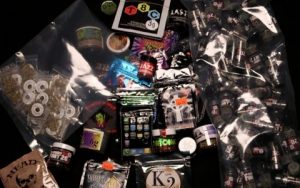


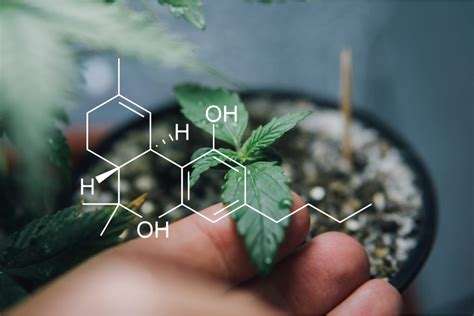 Cannabinoids
Cannabinoids 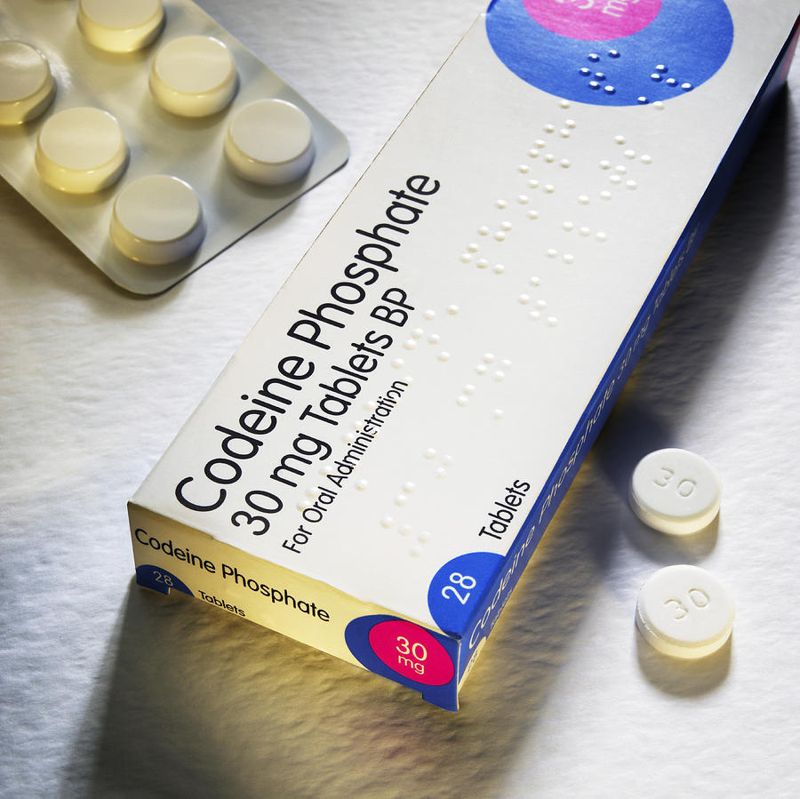 Codeine, Dihydrocodeine
Codeine, Dihydrocodeine 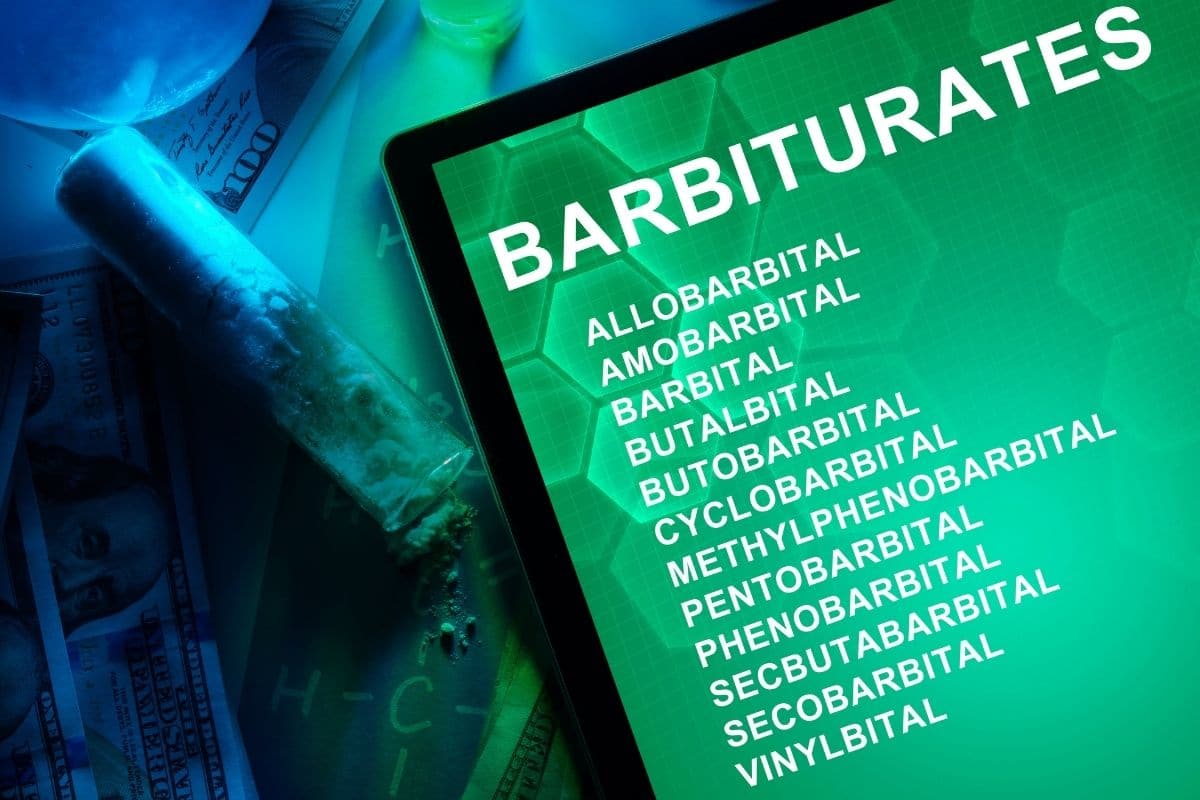 Barbiturates
Barbiturates  Opium antagonists
Opium antagonists 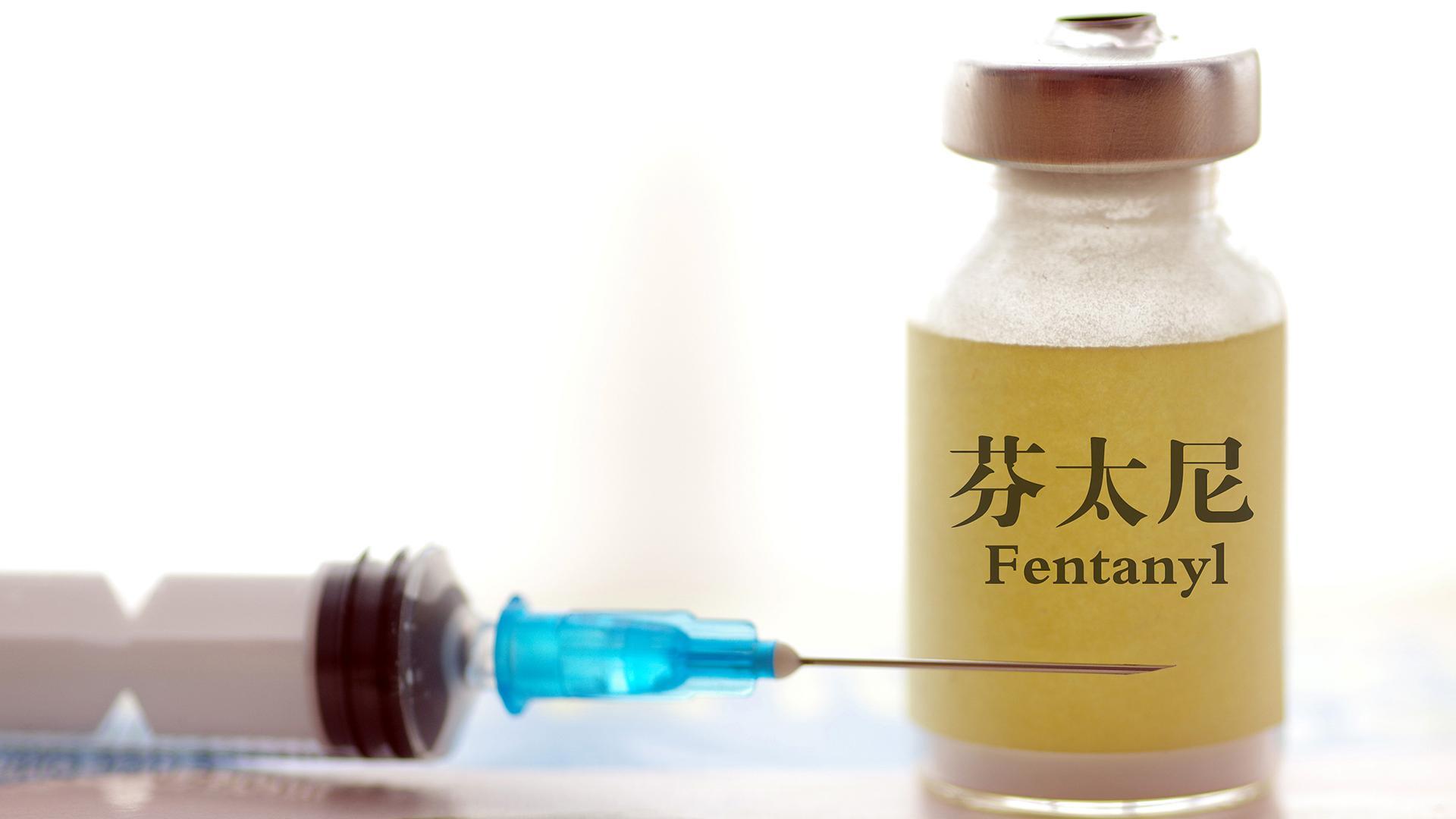 Fentanyl
Fentanyl 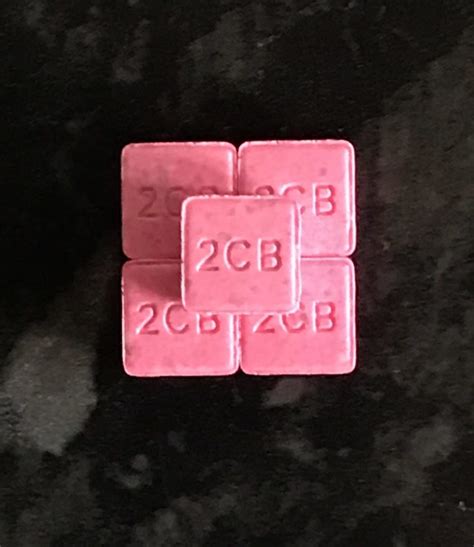 2C-B
2C-B 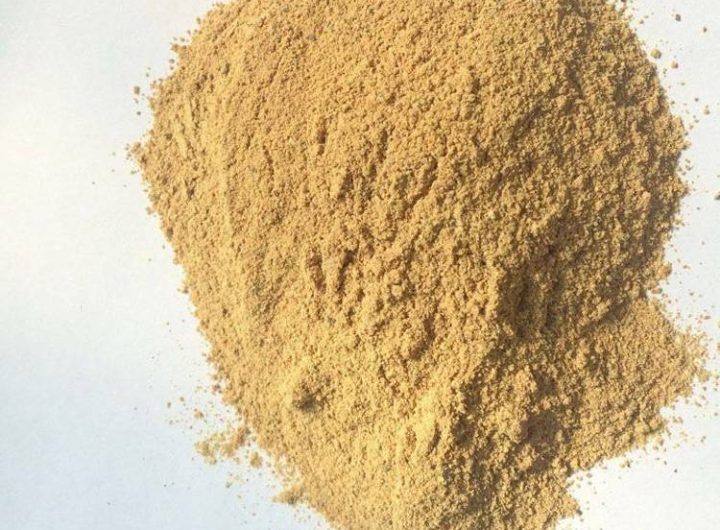 MGM-15
MGM-15 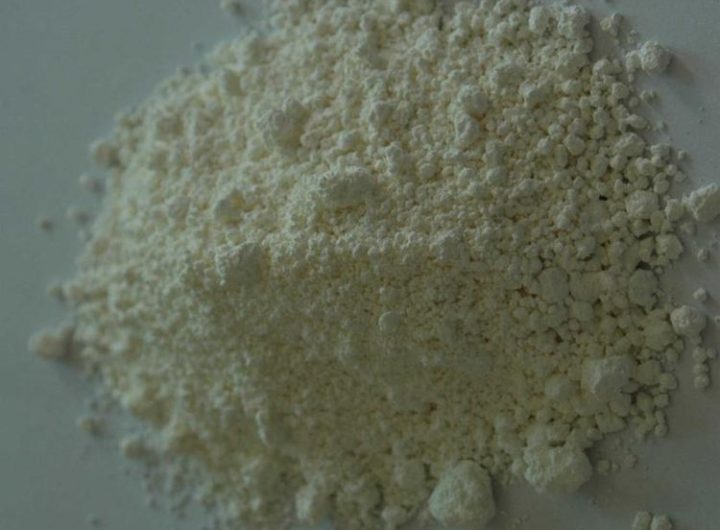 PiPTapentadol
PiPTapentadol  Methoxptamine (MXP)
Methoxptamine (MXP)  Nortilidine
Nortilidine